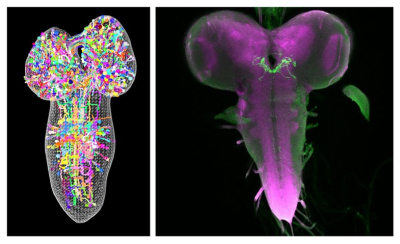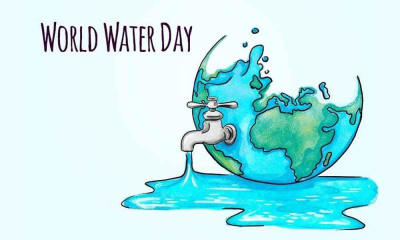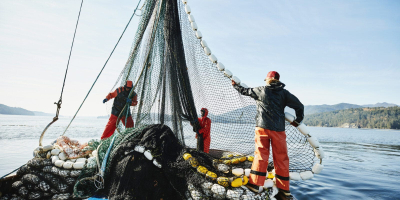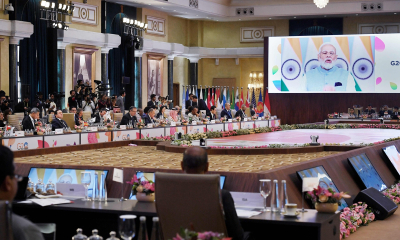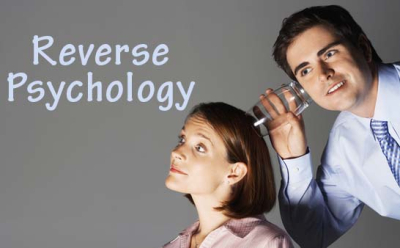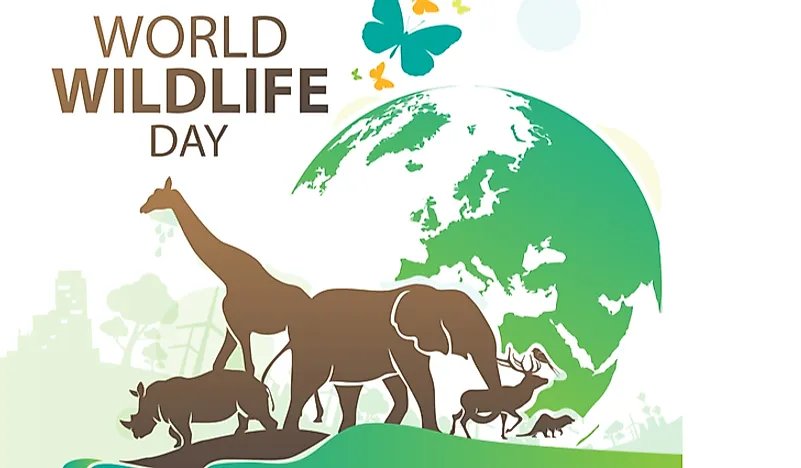How to tackle childhood obesity?

'Cute, 'chubby' and 'healthy' are some of the euphemisms we use to refer to children and adolescents who are on the heavier side. This practice should be stopped because the statistics paint a scary picture. According to UNICEF'S World Obesity Atlas for 2022, India is predicted to have more than 27 million obese children, representing one in 10 children globally, by 2030.
What is childhood obesity?
"Childhood obesity means when the child is too overweight for his/her age and height. Being overweight is problematic as this leads to diabetes, high blood pressure, high cholesterol and many other complex health conditions," points out Annavi Khot, a Pune-based nutritionist and personal fitness trainer. The easiest way to stay healthy is by 'moving'. Khot observes that in the last two years, the number of mothers approaching her, seeking help for their kids, has gone up. "During the lockdown, most children did nothing but eat unhealthy food and watch a lot of online shows and films. There have also been cases where playing a sport is not encouraged! This is a sad state of affairs, but kids imitate their parents and their lifestyle. It is the parent's responsibility to practise a healthy lifestyle," she says.
Children should engage in a sport that they enjoy so that they make it a part of their lifestyle. It is very important for kids to move; they should have great stamina, mobility and strength, not only for performance but also for their mental health.
Eating food minus nutrients
Junk food, packaged food, etc. appeal to the taste buds, but lack the nutrients necessary for a growing child. Medical practitioners say they are dealing with teenaged patients who are both 'under-nutritioned' and over-nutritioned. Over-nutrition results in the child becoming overweight or obese.
Healthier, tastier options
"Mothers, kids will eat healthy food if it tastes well! Please learn some healthy recipes -there are tonnes of books and videos available. Don't think that healthy food is boring!" says Khot. "You should have your nutrition comprising all the necessary vitamins and minerals, good fats, proteins and carbohydrates. Fruits and vegetables are a must every single day!"
Try experimenting with food. Instead of regular pasta, you can have ragi (finger millet) pasta with lots of veggies. You can switch to pizzas, burgers and frankies made from multigrain bread Restrict your intake of junk food to once a week.
Talking about packaged food, Khot warns. "Watch out for different names of sugar used in the packaging. Eat home-cooked meats and healthy snacks in place of processed foods.”
A nutritionist should be consulted before putting any diet plan into practice.
Picture Credit : Google
